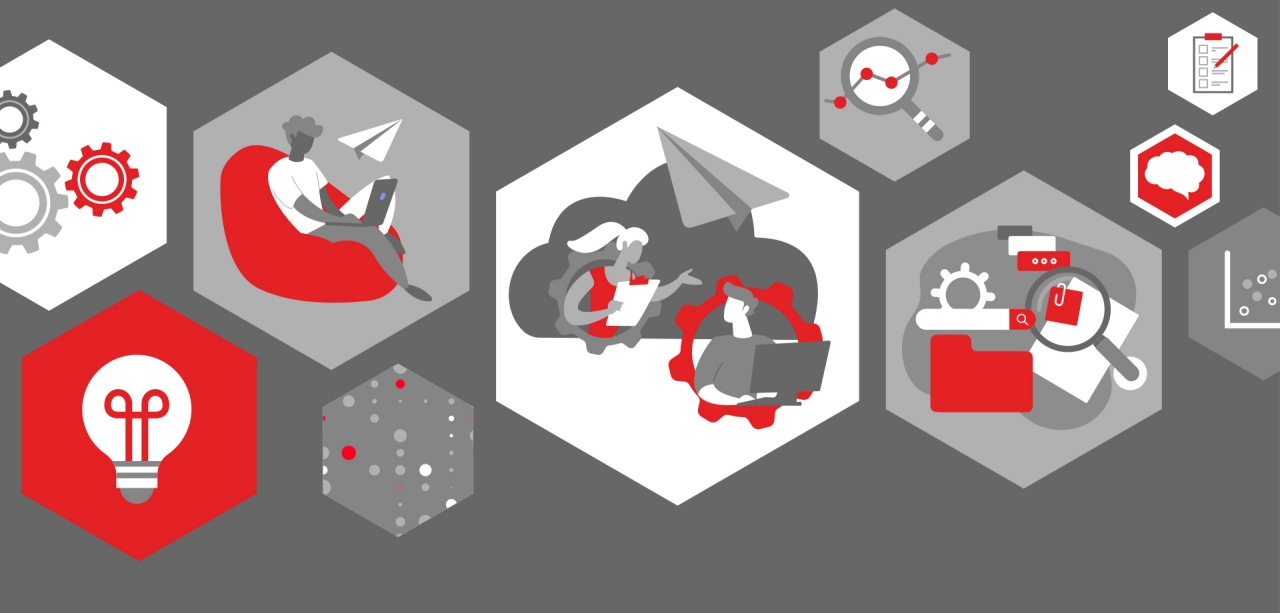With online research communities we immerse customer insights.

What we do?
In research communities we invite a carefully selected sample of 50-100 participants who discuss provided topics in various threads over one or more weeks. Participants can upload photos, videos and discuss in the forums. This method is a neat alternative to focus groups as it gives the participants much more time to think about their input. Also, we can reach target groups that are difficult to recruit.
What are typical questions?
• What are the motives and attitudes of customers?
• How do they behave in concrete situations, e.g. in the purchasing process or when using media?
• What are the opinions on certain offers or information?
• What ideas and new approaches are there from a product and brand perspective? Are there topics from the customer's point of view beyond the current issue of the company?
How does it help?
• Deeper understanding of customers' motives and attitudes
• Uncovering pain points, desires or improvements in a competitive comparison.
• Evaluation and further development of existing products or innovations
What are the limitations?
• Given the qualitative nature of the method, results are rather a collection of topics and not representative.
Key Infos
When to use?
When we want to understand topics that cannot be discussed sufficiently in 90 minutes. When we want to make use of the creative potential of the participants.
Combine with
A representative survey, creative concepts, such as story boards
Variants and options
Either ad-hoc (i.e. for one or a few weeks) or for a longer time to accompany a creative process.
FAQ
What can be studied with a research community?
There are no guidelines for survey topics. The key here is to "listen in" on the target group. By combining different survey types and integrating multimedia stimulus material, almost any question can be addressed in the research community.
When should a research community be conducted?
The Research Community is typically used early in the development process, as it is particularly well suited for innovation processes and idea generation. But it can also be used in later phases of the process, right up to the permanent support of lead users. In this way, you permanently put your ears to the needs, wishes and attitudes of your customers.
What are the advantages of a research community over other methods?
A particular advantage is that participants can reflect on their attitudes over the survey period. For example, they can observe themselves in typical usage or shopping situations. This gives the results greater depth than conventional surveys such as focus groups, which are always time-based.
How many people should participate in a research community?
Depending on the question and target group, we invite about 100 to 200 participants. The goal should be to continuously follow at least 25 cases over the period. For international studies, this approach can easily be scaled across countries.